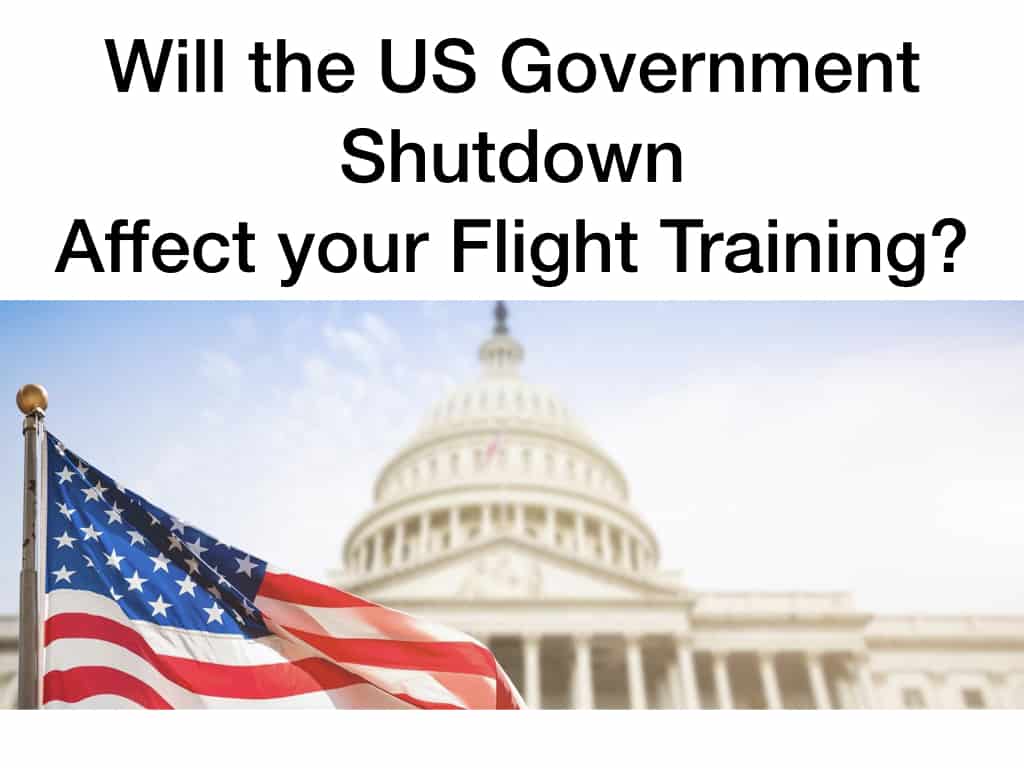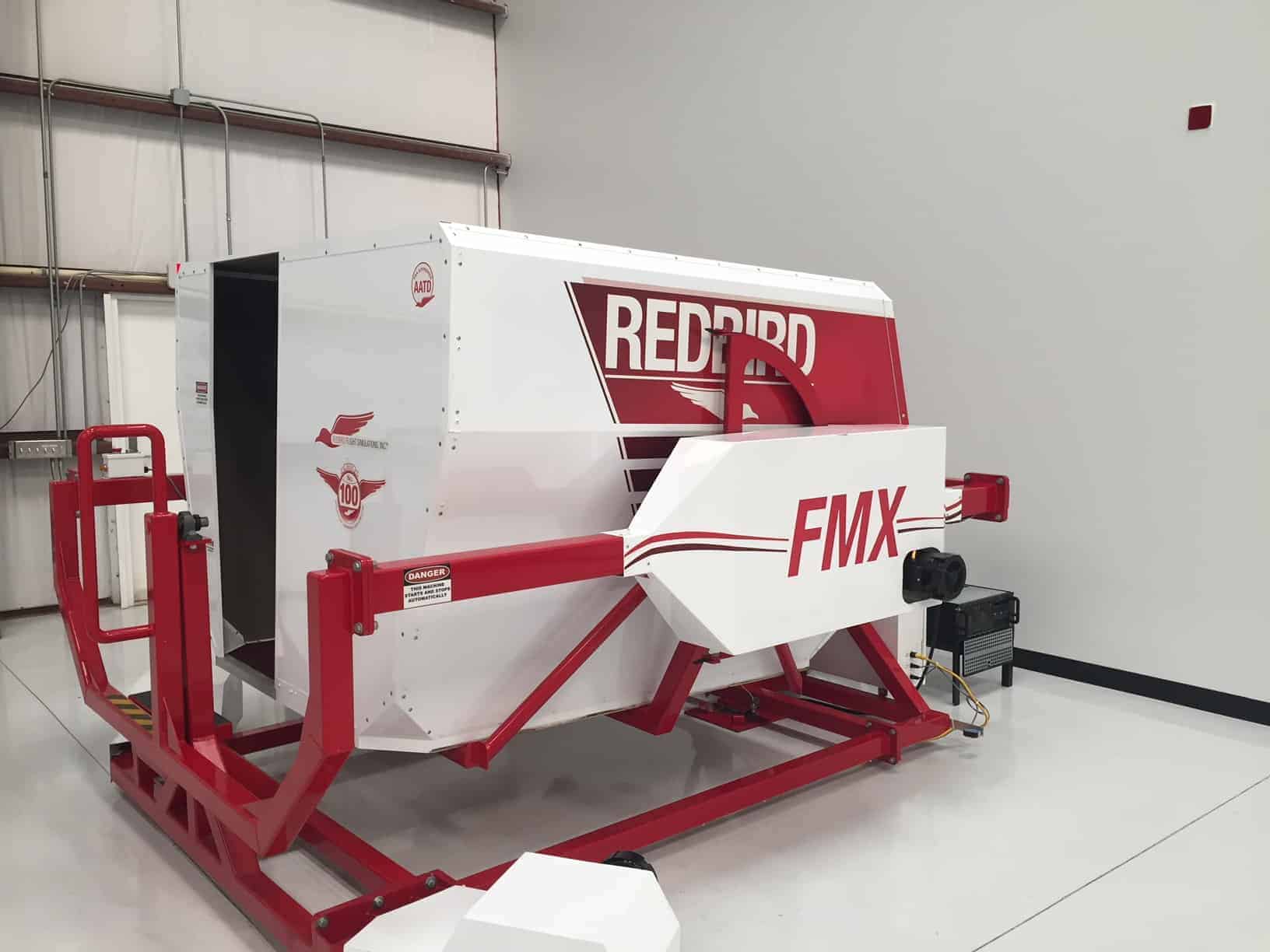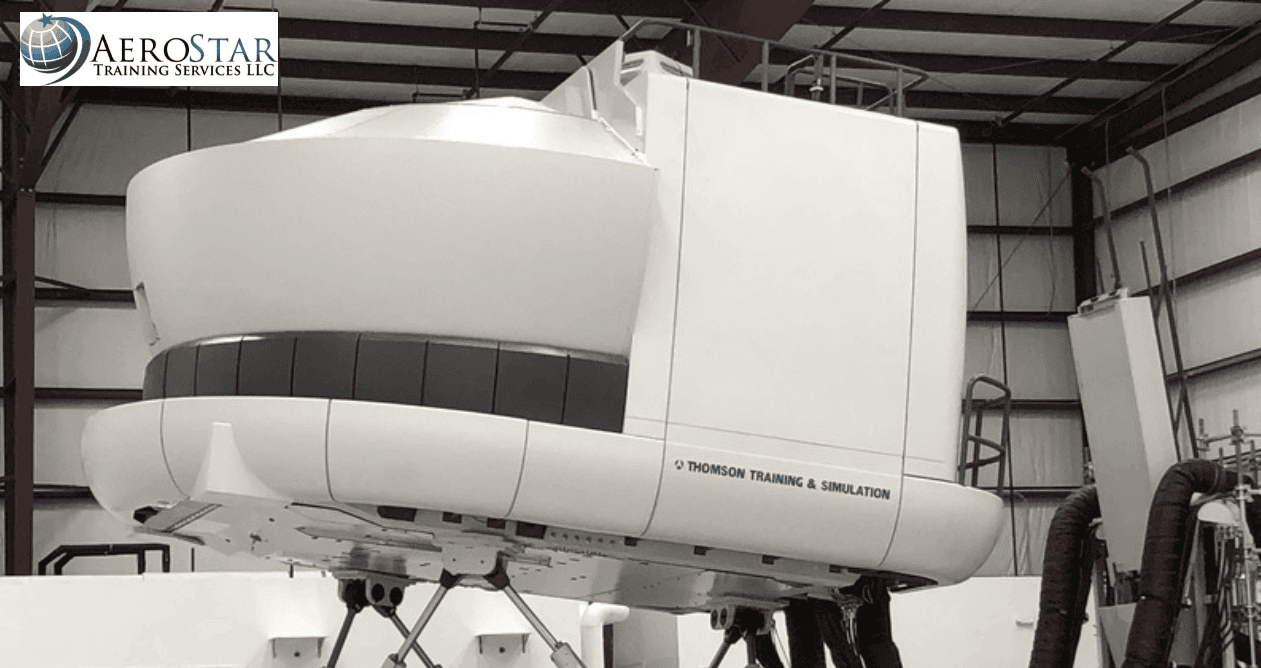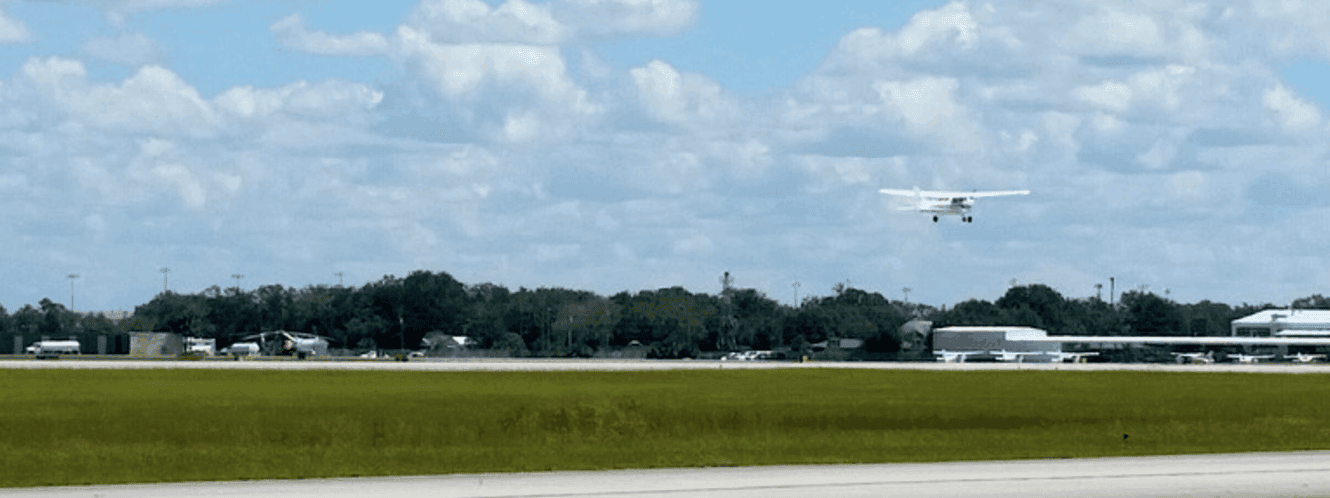How is the US Government Shutdown Impacting Flight Training?
January 17, 2019
No Comments
AeroStar Training Services is open for business during the government shutdown. Our instructors are holding courses, students are enrolling and graduating, and things are progressing ...
Read More
New Red Bird Simulator Lands at AeroStar
November 26, 2018
No Comments
AeroStar has added another flight training device to our simulation efforts, a Red Bird FMX, which will be used to support Career Pilot Academy students ...
Read More
AeroStar Announces Part 141 Certificate
August 22, 2018
No Comments
KISSIMMEE, August 22, 2018 — AeroStar is pleased to announce that we have obtained our Part 141 certificate. The Part 141 program enables students to ...
Read More
AeroStar Training Services Launches New A320 Simulator Training Campus
July 19, 2018
No Comments
One-Stop Pilot Type Rating Training in Orlando, Florida KISSIMMEE, July 1, 2018 — AeroStar Training Services announces the official launch of an on-location A320 simulator, ...
Read More
Flight Financing Made Easy
December 27, 2017
No Comments
You’ve thought about becoming a pilot ever since you can remember and now it’s so close you can almost taste it, but one thing still ...
Read More
Best Local Spots to Fly To!
December 7, 2017
No Comments
So you’ve finally earned your highly anticipated private pilot’s license and now you’re wondering, where should I fly to? Our head flight instructor, Rob Becker ...
Read More
Frequently Asked Flight Training Questions
November 16, 2017
No Comments
I recently had a chance to sit down with our director of flight training, Rob Becker, and we spoke about some of the most frequently ...
Read More
Ab Initio Training: Self-Sponsored and Airline Sponsored Options
September 15, 2017
No Comments
David Santo: That really is dependent on the airline and the individual. You really have two types of ab initios. You have the self-sponsored ab initio. ...
Read More
Flight School Pipeline Partnerships – what are the advantages?
February 15, 2015
No Comments
Flight School Pipeline Partnerships – what are the advantages? Paula Williams: Fantastic. Okay, so we know a little bit about the ab initio programs. ...
Read More
Ab-Initio Customers – YES You Can Do It!
February 15, 2015
No Comments
Enjoyed a great week teaching an initial A320 type rating course for five fellow aviators. I always take special pride in working with ab-initio customers ...
Read More







